The Bank of Japan (BOJ) held its benchmark rate steady and raised its inflation views more than expected in a sign that it might be closer to its next rate hike, while keeping options open by warning it is still assessing the impact of US President Donald Trump’s tariffs.
The BOJ kept the overnight call rate at 0.5 percent at the end of a two-day policy meeting in a unanimous vote, a statement said.
The nine-member board boosted its median inflation projection for the current fiscal year to 2.7 percent from 2.2 percent in its quarterly economic outlook report, reflecting persistent increases in food prices. It also slightly raised its forecasts for fiscal years 2026 and 2027, while bringing up its economic growth view a tad for this year.

Photo: EPA/JIJI PRESS
While the array of changes in the outlook suggested BOJ Governor Kazuo Ueda’s board is closer to its next rate hike, the central bank also avoided dropping any clear hints as to the timing. Officials likely need time to gauge how US tariffs would affect Japan’s economy and global commerce, even after a deal was struck between the US and Japan that has reduced some of the economic uncertainty hanging over Japan.
“Right now I do not see us being behind the curve. Neither do I think there is a high risk we would fall behind,” Ueda said.
“We do not see the fog suddenly lifting” over trade, despite progress made through the US-Japan deal, he added.
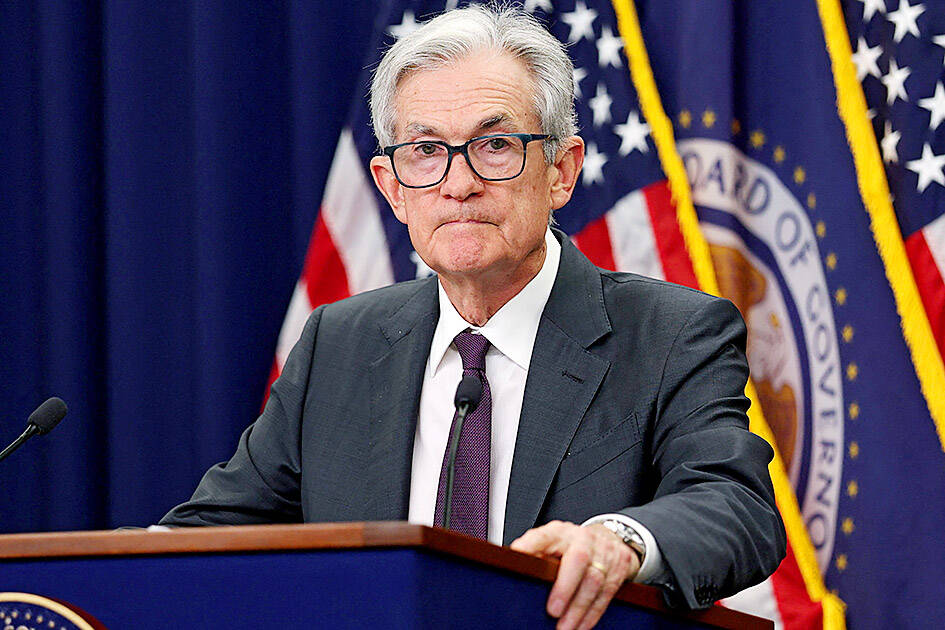
Photo: Jonathan Ernst, Reuters
The yen weakened after Ueda spoke, swinging from a gain of as much 0.6 percent vs the US dollar earlier in the day to drop as much as 0.1 percent after he wrapped up his press conference.
Ueda said he would refrain from making direct comments on the currency. In terms of inflation, he said the underlying price trend was rising, but was still below the BOJ’s 2 percent target.
The BOJ gathering concluded just hours after the US Federal Reserve kept its benchmark interest rate steady, with Chair Jerome Powell shrugging off pressure from the White House and rejecting arguments for a quarter-point cut from two dissenting officials, governors Christopher Waller and Michelle Bowman.
The Federal Open Market Committee voted to hold rates steady on Wednesday — for a fifth consecutive time — prompting the first double dissent from Fed governors in more than 30 years.
During a press conference following the decision, Powell leaned into the view that the Fed is well-positioned for now, given lingering uncertainties surrounding Trump’s tariffs and their economic impact. His message was carefully balanced, tempering expectations for a September rate cut, but not closing the door to one.
“A reasonable base case is that the effects on inflation could be short-lived, reflecting a one-time shift in the price level, but it is also possible that the inflationary effects could instead be more persistent — and that is a risk to be assessed and managed,” Powell said.
Powell said several economic reports are due before the September meeting, including two months of data on employment and inflation.
“We’ll be taking that information into consideration and all the other information we get as we make our decision at the September meeting,” he said.
Trump’s imposition of new tariffs on dozens of US trading partners has injected uncertainty into the economic outlook and the Fed’s policy calculus. The Trump administration has been negotiating trade deals with several nations ahead of today’s deadline, and has struck key agreements with Japan and the EU.
“We’re still a ways away from seeing where things settle down,” Powell said of the negotiations. “Yes, we are learning more and more. It doesn’t feel like we’re very close to the end of that process,” he added.
Policymakers would ensure that tariffs do not lead to “serious inflation,” he said, adding that they aimed to balance cutting rates too soon, which could prevent inflation from reaching the Fed’s 2 percent goal, and cutting too late and potentially damaging the labor market.
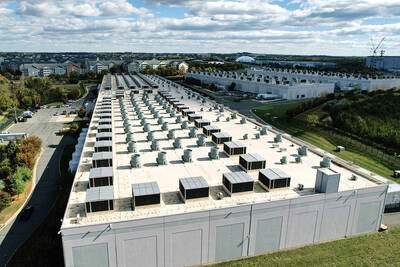
The demise of the coal industry left the US’ Appalachian region in tatters, with lost jobs, spoiled water and countless kilometers of abandoned underground mines. Now entrepreneurs are eyeing the rural region with ambitious visions to rebuild its economy by converting old mines into solar power systems and data centers that could help fuel the increasing power demands of the artificial intelligence (AI) boom. One such project is underway by a non-profit team calling itself Energy DELTA (Discovery, Education, Learning and Technology Accelerator) Lab, which is looking to develop energy sources on about 26,305 hectares of old coal land in
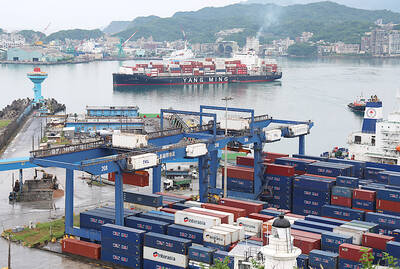
Taiwan’s exports soared 56 percent year-on-year to an all-time high of US$64.05 billion last month, propelled by surging global demand for artificial intelligence (AI), high-performance computing and cloud service infrastructure, the Ministry of Finance said yesterday. Department of Statistics Director-General Beatrice Tsai (蔡美娜) called the figure an unexpected upside surprise, citing a wave of technology orders from overseas customers alongside the usual year-end shopping season for technology products. Growth is likely to remain strong this month, she said, projecting a 40 percent to 45 percent expansion on an annual basis. The outperformance could prompt the Directorate-General of Budget, Accounting and
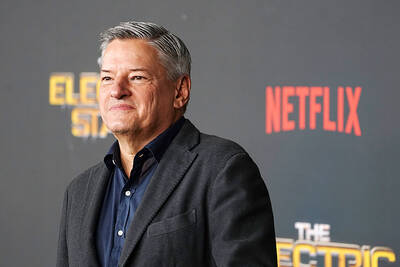
Netflix on Friday faced fierce criticism over its blockbuster deal to acquire Warner Bros Discovery. The streaming giant is already viewed as a pariah in some Hollywood circles, largely due to its reluctance to release content in theaters and its disruption of traditional industry practices. As Netflix emerged as the likely winning bidder for Warner Bros — the studio behind Casablanca, the Harry Potter movies and Friends — Hollywood’s elite launched an aggressive campaign against the acquisition. Titanic director James Cameron called the buyout a “disaster,” while a group of prominent producers are lobbying US Congress to oppose the deal,
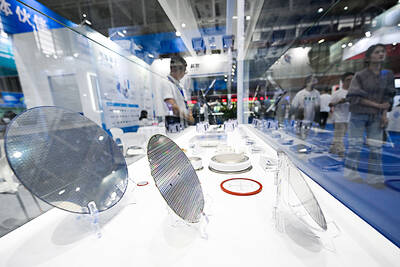
Two Chinese chipmakers are attracting strong retail investor demand, buoyed by industry peer Moore Threads Technology Co’s (摩爾線程) stellar debut. The retail portion of MetaX Integrated Circuits (Shanghai) Co’s (上海沐曦) upcoming initial public offering (IPO) was 2,986 times oversubscribed on Friday, according to a filing. Meanwhile, Beijing Onmicro Electronics Co (北京昂瑞微), which makes radio frequency chips, was 2,899 times oversubscribed on Friday, its filing showed. The bids coincided with Moore Threads’ trading debut, which surged 425 percent on Friday after raising 8 billion yuan (US$1.13 billion) on bets that the company could emerge as a viable local competitor to Nvidia